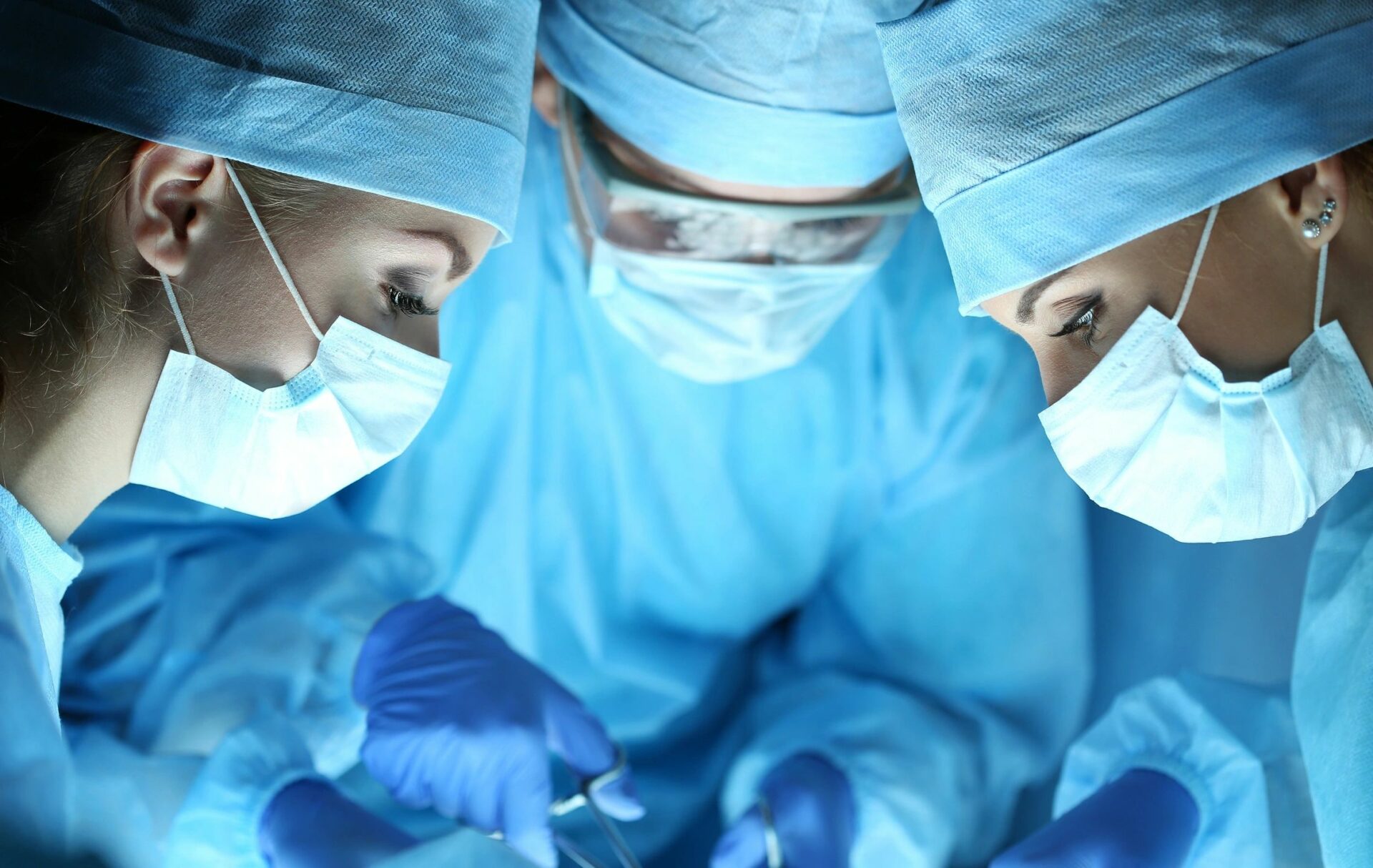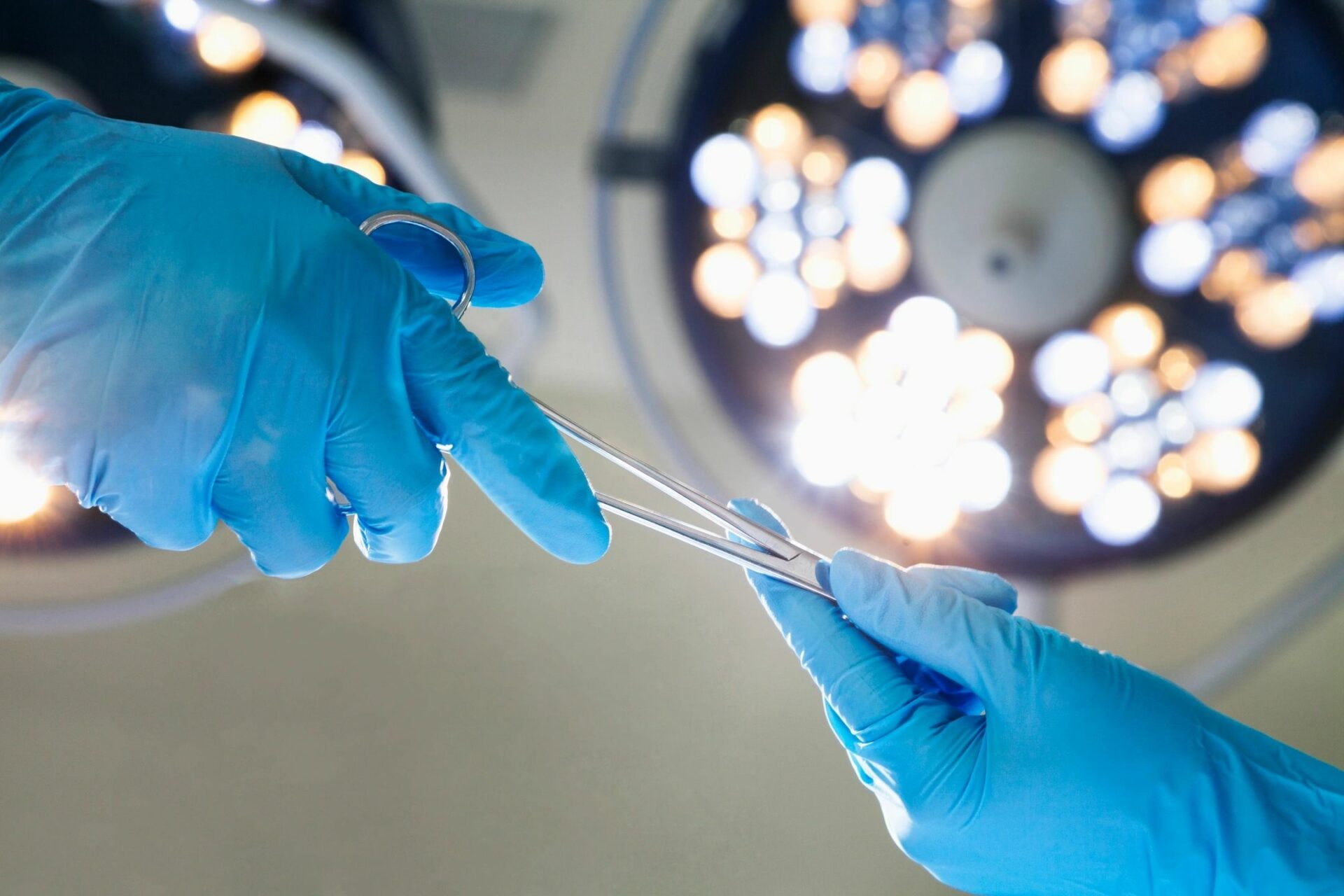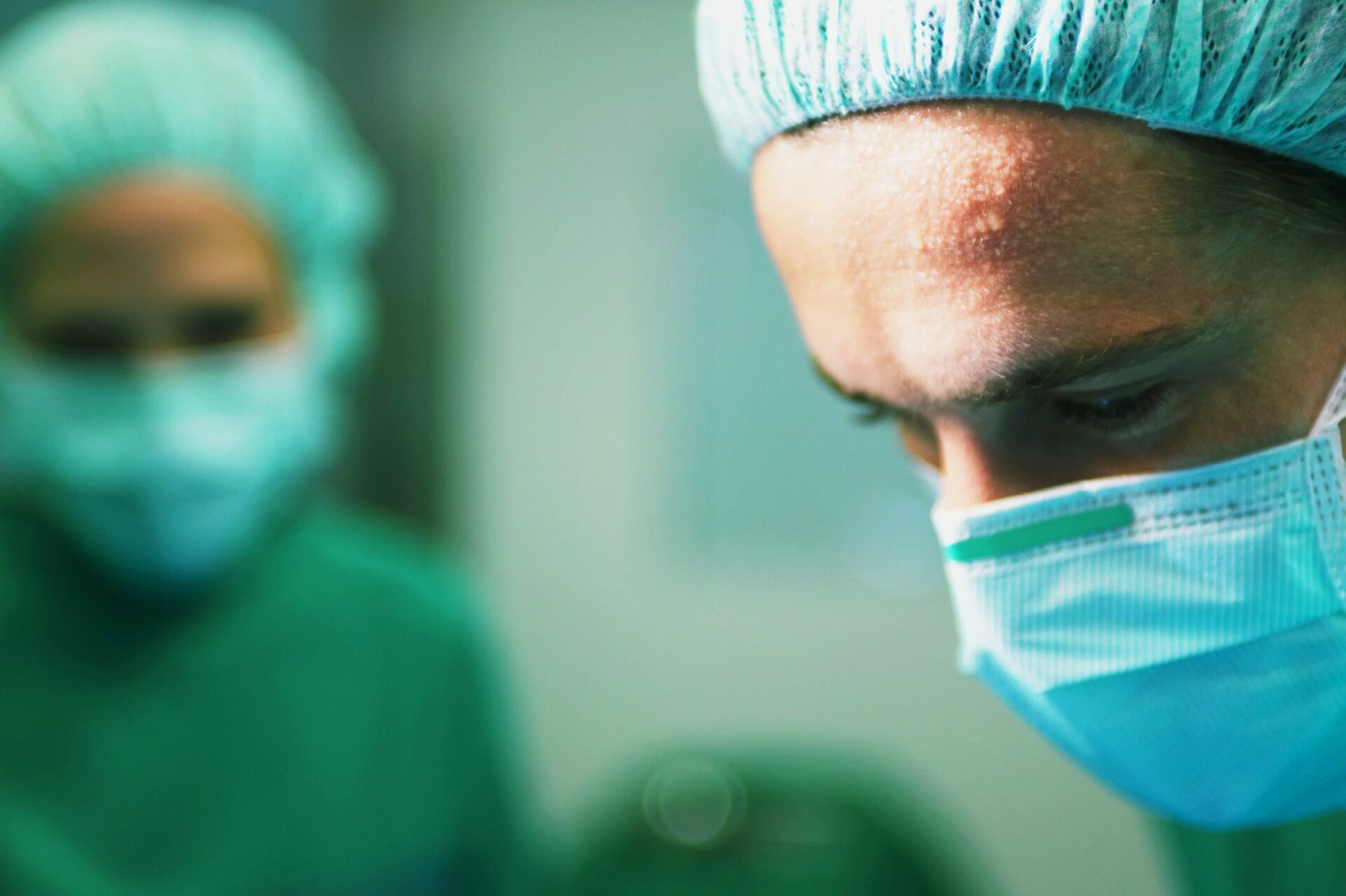
Breast Reconstruction Procedures for Mastectomy Patients
Breast reconstruction offers much hope for a woman losing her breast to cancer. Reconstruction can often be performed immediately after the mastectomy, so the woman does not have to live with one breast. Depending on health conditions, however, a mastectomy patient may have to wait before undergoing reconstructive surgery. In either case, reconstructive surgery holds much promise that the post-operative breast can match the natural breast again.
Through the advocacy of the American Society of Plastic Surgeons (ASPS) and breast cancer support groups, insurance companies are now required by law to provide coverage for breast reconstruction and related procedures to adjust the opposite breast. Pre-authorization may still be required.

Consultation:
Please bring a family member to every one of your appointments to help absorb the amount of information.
The consultation is the first step to learning how this surgery can work for you. It is designed to educate you about your individual options. This will include:
- A discussion of your goals and an evaluation of your individual case.
- The options available.
- The likely outcomes and any risks or potential complications.
- The course of treatment recommended by your plastic surgeon, general surgeon and oncologist as a team.
Overall health and personal outlook will greatly impact the outcome of breast reconstruction surgery. The success of your surgery, safety and overall satisfaction requires that you:
- Honestly share your expectations.
- Incorporate the physicians realistic outcomes.
- Fully disclose health history, current medications, vitamins and herbal supplements, alcohol intake, tobacco and drugs.
- Commit to precisely following all of your plastic surgeon’s instructions.
By making the decision to consult with a plastic surgeon and following all the instructions given, you are taking an important step in helping assure your safety.
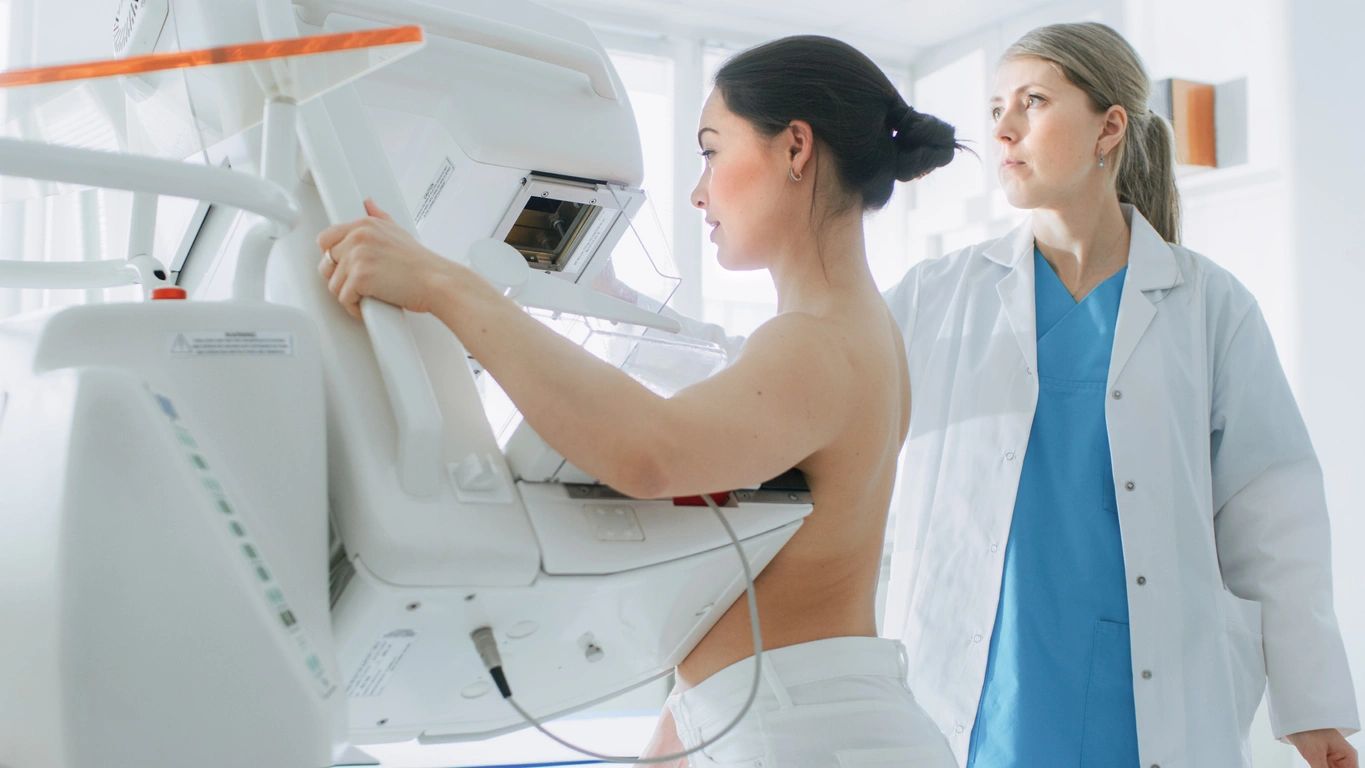
Skin Expander with Breast Implant
This is the simplest of breast reconstructions. In this procedure, a tissue expander is placed under the skin. Once sutures are removed, saline is added weekly to the expander. This stretches the skin as it expands.
When the skin has been sufficiently stretched, the tissue expander is removed and replaced by a permanent breast implant in a two-stage procedure. Nipple reconstruction, if desired, is a separate procedure.
Breast reconstruction is not a simple surgery, but this is the simplest surgery and has the shortest recovery time. This is the favored procedure for persons who have heath problems or contraindications to extensive surgery.
Multiple trips to the office over several weeks or months to undergo expansion. Capsule formation or poor cosmetic outcome, due to thin skin.
Breast reconstruction is a highly individualized surgery. Techniques offer varying advantages. Choosing the appropriate treatment requires careful consideration by both patient and surgeon. Things to consider are patients anatomy, patient- surgeon preference, desired realistic outcomes and resources available.
Flap techniques are necessary when there is little tissue or muscle remaining after a mastectomy. Incision lines appear on both the donor and reconstructed sites and a lengthy recover follows. There is also a remote chance of partial or full loss of the flap due to poor healing.
Possible Complications:
- Loss of breast skin requiring removal of implant. If you have undergone radiation this procedure is not advisable as you are at increased risk for skin loss.
- Noticeable outlines of the implant due to capsule formation.
- Hard texture due to capsule formation.
- Thin breast skin.
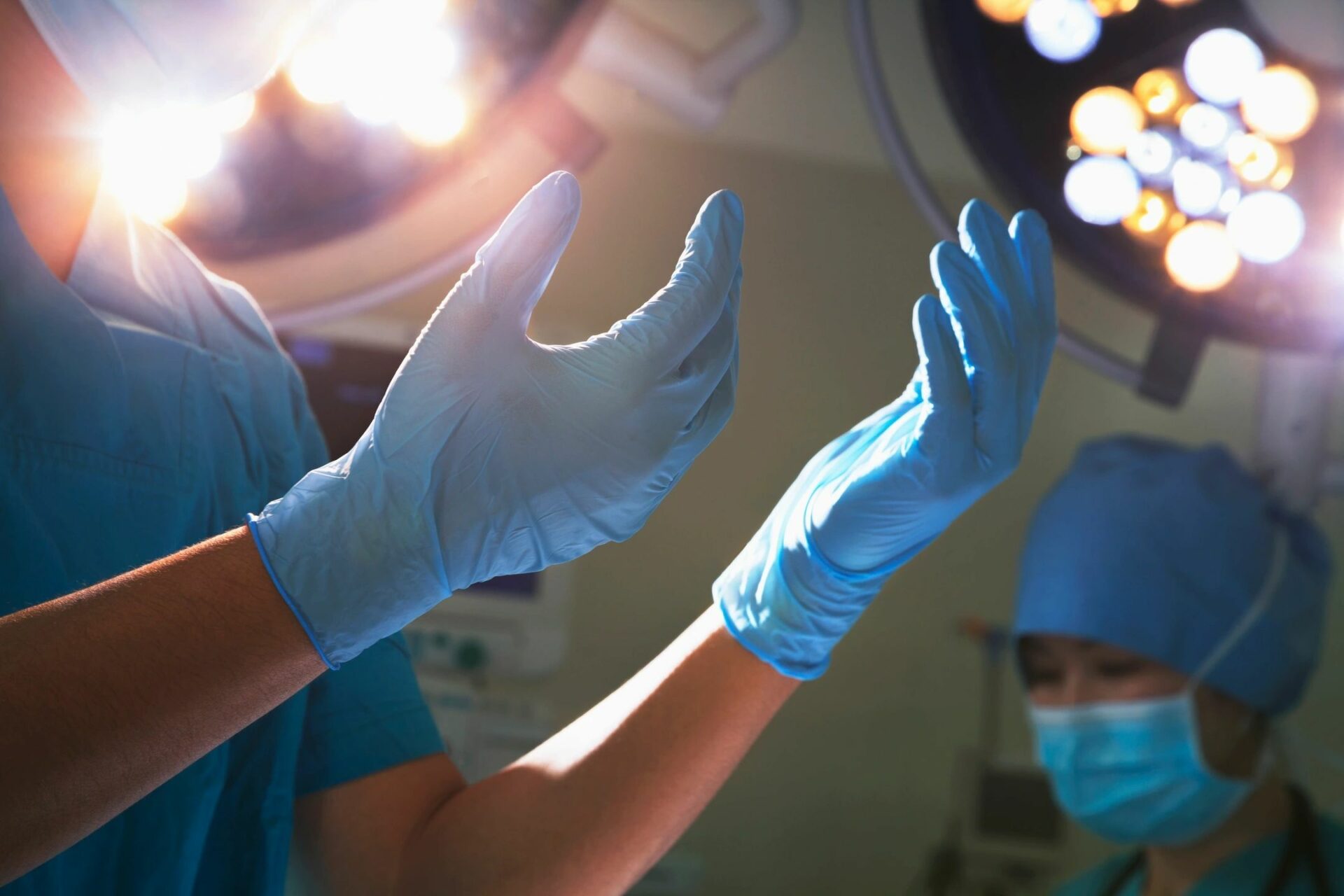
Rectus Abdominus Myocutaneous Flap
This is the most complicated and the longest reconstructive procedure, involving about 4-5 hours of surgery. One of the rectus abdominus muscles is tunneled along with the overlying skin up to the chest. The breast mound is created to match the opposite site. A blood transfusion may be required. You may donate your own blood prior to surgery to be re-infused during the surgery.
Breast implants are not usually required. The tissue is generally adequate to match the size of the opposing breast. If the opposite breast is large or pendulous it can be decreased in size by a simultaneous breast reduction. Patients wishing to have this procedure must stop smoking six weeks prior to and six weeks following surgery. Failure to comply may result in death of the flap. A synthetic mesh is placed over the area where the muscle is moved. This strengthens the abdominal wall and minimizes the chance of herniation of the bowel. Nipple reconstruction is done as a second procedure. Some contouring of the new breast mound may be necessary at the same time.
This provides the most natural looking breast reconstruction with the added benefit of a “tummy tuck”. No implant is needed so capsule formation is not a risk. The scar is easily hidden with clothing.
There is a risk of herniation of the bowel resulting from moving the rectus abdominus muscle. Abdominal strength is diminished. This is the longest procedure and has the greatest risk for requiring a blood transfusion.
Possible Complications:
- Inadequate tissue requiring the use of a breast implant.
- Poor circulation to the flap resulting in tissue loss.
- Weakness or herniation of the abdominal wall.
- Placement of the umbilicus off center.
- Collection of fluid (seroma) under the skin requiring needle aspiration.
- Infection, in particular of the mesh requiring surgery for removal.


